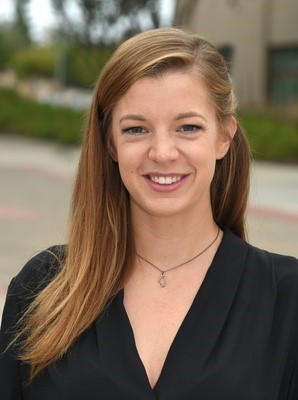Abstract:
Application of atmospheric chemistry has been the cornerstone of California’s landmark air quality improvement over the 20th century. Yet challenges with pesticides, poor air quality, and disproportionate pollution burdens in environmental justice communities continue to evolve in the 21st century. The majority of this work developed techniques to characterize the atmospheric fates of neonicotinoid pesticides, which are now the world’s most commonly used insecticides. Laboratory studies were conducted to evaluate the heterogeneous photochemistry and OH radical oxidative reactions with selected neonicotinoid pesticides, as well as potential matrix effects due to commercial formulations and application type. Estimated atmospheric lifetimes are reported and the reaction products are identified. A second project, completed in collaboration with the California Air Resources Board and in partial fulfillment of the Ridge to Reef professional development traineeship, evaluated the impact of increasing wildfires on ozone formation and NAAQS attainment across three air basins in California, the San Joaquin Valley, the South Coast Air Basin, and the Sacramento Valley. Results demonstrated the need for simultaneous NOx and VOC emissions reductions across the air basins to meet ozone attainment requirements, with implications for prescribed burning techniques to reduce ozone and PM2.5 pollution.
Speaker:
Institution:
Location:

